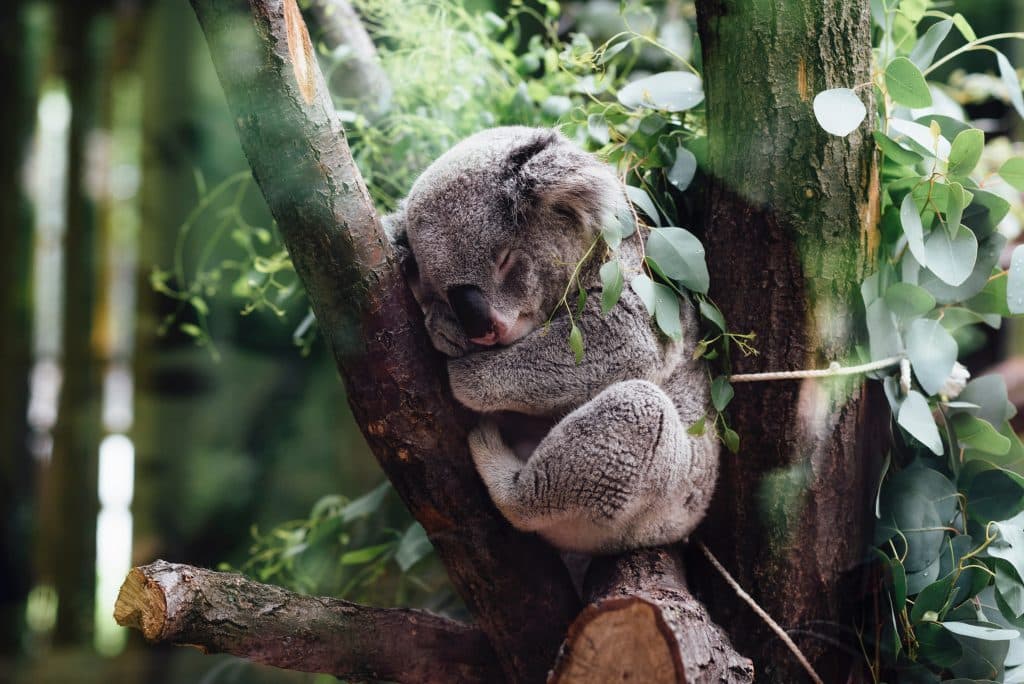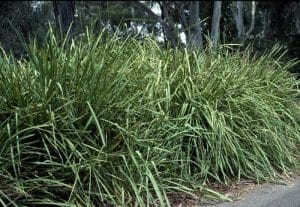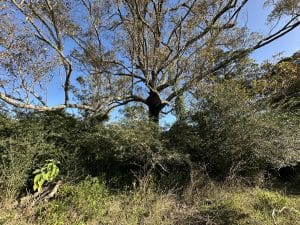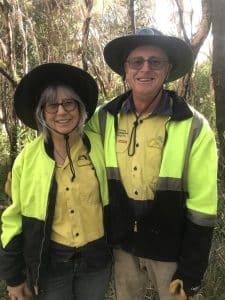 Fires, both planned and out of control, impact our environment and animals, particularly when it comes to the intensity and severity of a fire. The intensity of a fire relates to how hot and wild a fire can get.
Fires, both planned and out of control, impact our environment and animals, particularly when it comes to the intensity and severity of a fire. The intensity of a fire relates to how hot and wild a fire can get.
Planned burns tend to be low intensity and bush fires are usually high intensity. In terms of how this impacts animals, Jolly et al. (2022) found that a higher proportion of animals survive low intensity fires and a higher proportion are killed by high intensity fires. This relationship between animals and fire intensity has been seen across the globe!
When looking at how our Australian native animals respond to fire, research has shown that prescribed burns often result in minimal animal deaths because they are typically slower moving and that gives animals the opportunity to move ahead of the fire or hide. In Western Australia during a study, the quokka was moving around in the burn area within hours after the burn and they didn’t leave the area at all meaning there was enough food and a high habitat retention.
Bush fires move a lot faster than planned burns which means it’s harder for animals to get out of the way. After a bush fire, there is usually less food and reduced habitat which means animals have to move away from that area to survive.
For our MidCoast species like Quolls, Bettongs, Koalas and more, the same applies. Our MidCoast animals tend to thrive after a low intensity planned burn.
For more information on this topic see the references below or contact Olivia Eglin, Fire Ecology Education Officer on mc2t.fire@gmail.com
Reference: Jolly, CJ, et al. 2022, ‘Animal mortality during fire’, Global Change Biology, vol. 28, no. 6, pp. 2053-2065. https://doi.org/10.1111/gcb.16044.
Department of Biodiversity, Conservation and Attractions 2023, ‘Fire and animals: Australian Animals have adapted to survive and thrive in fire prone environments’, [online] Available at: https://www.dbca.wa.gov.au/parks-and-wildlife-service/fire/fire-and-animals.





